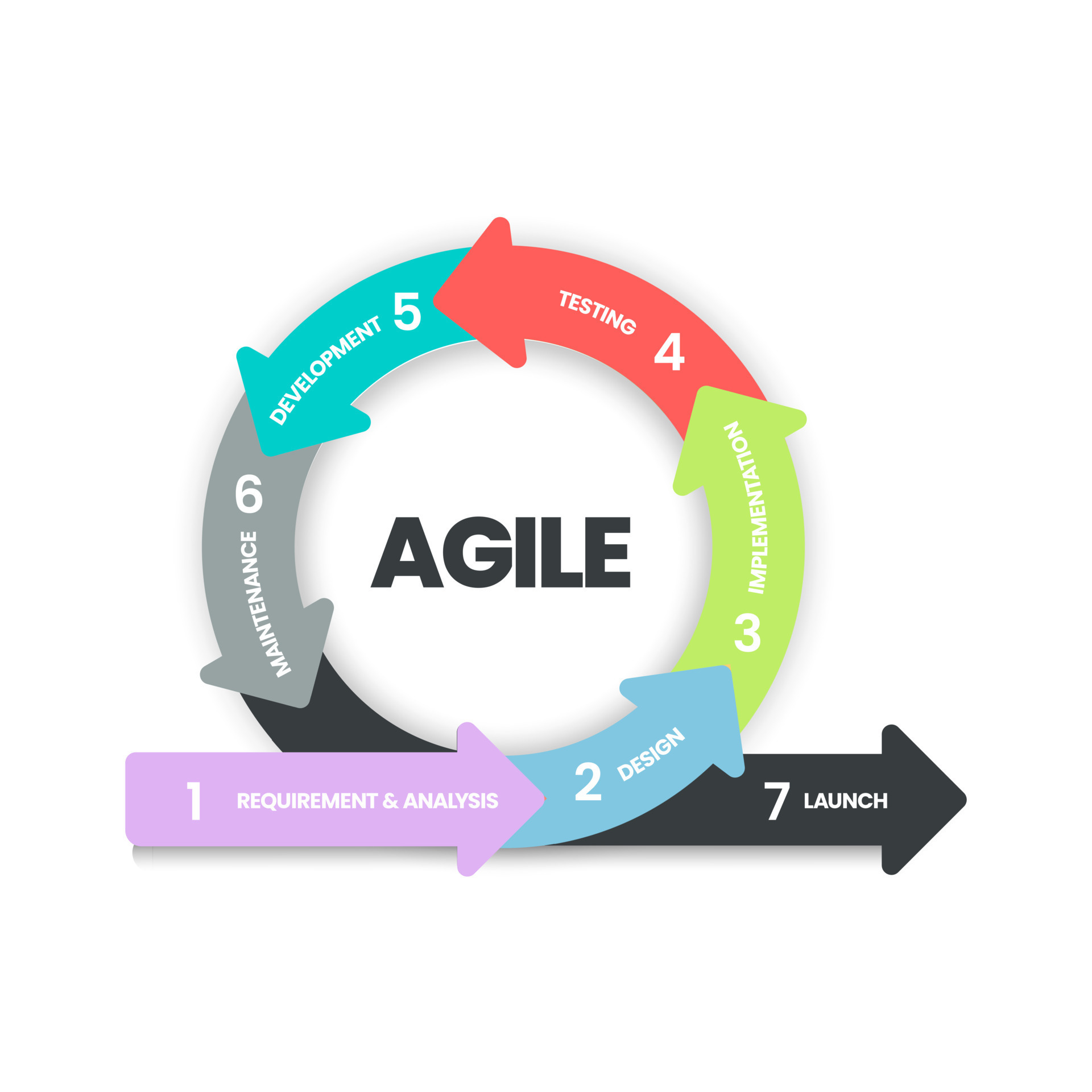Agile Strategy: Adapting Business Plans Now
Agile Strategy: Adapting Your Business Plan for the Future
The world of business is in constant flux. Technological advancements, shifting consumer demands, and unforeseen global events demand that businesses – and indeed, all organizations – adapt or risk obsolescence. In this rapidly changing landscape, clinging to outdated strategies is a recipe for stagnation. Agile Strategy: Adapting Your Business Plan for the Future isn’t just a buzzword; it’s a fundamental shift in how businesses approach planning, execution, and ultimately, success. It’s about embracing flexibility, continuous improvement, and a willingness to pivot when necessary. This article will explore the core principles of agile strategy and provide actionable steps you can take to ensure your business remains resilient and competitive.
Understanding the Need for Agile Adaptation
For decades, many businesses operated with rigid, linear plans. These plans, while providing a foundational structure, often struggled to accommodate the dynamic nature of the market. The rise of digital transformation, the increasing importance of customer experience, and the growing recognition of the need for innovation have all highlighted the limitations of traditional approaches. Companies that failed to adapt quickly found themselves lagging behind competitors who embraced change. The traditional “plan-driven” model simply wasn’t equipped to handle the speed and complexity of today’s business environment. Agile Strategy: Adapting Your Business Plan for the Future recognizes this fundamental truth and advocates for a more responsive and adaptable approach. It’s about moving away from a fixed roadmap and towards a dynamic, iterative process.
The Core Principles of Agile Adaptation
Several key principles underpin successful agile adaptation:

- Embrace Iteration: Instead of attempting to create a perfect plan upfront, agile emphasizes breaking down large projects into smaller, manageable iterations. Each iteration allows for testing, feedback, and refinement, minimizing risk and maximizing learning.
- Customer-Centricity: Agile prioritizes understanding and responding to customer needs. Regular feedback loops and continuous monitoring ensure that the business remains aligned with evolving customer expectations.
- Collaboration & Communication: Agile thrives on teamwork and open communication. Diverse teams working together, sharing knowledge, and regularly communicating progress are crucial for identifying and addressing challenges proactively.
- Flexibility & Experimentation: Agile encourages a culture of experimentation. Trying new things, even if they don’t always succeed, is essential for discovering new opportunities and optimizing processes.
- Continuous Improvement: The focus isn’t just on the current plan, but on continuously improving it based on data and feedback. Regular retrospectives are vital for identifying areas for improvement and implementing changes.
Building Your Agile Adaptation Framework
Implementing an agile strategy isn’t about a sudden overhaul; it’s about building a framework that supports ongoing adaptation. Here’s a step-by-step approach:
1. Regularly Assess Your Current Business Plan
The first step is to thoroughly examine your existing business plan. Don’t just look at the overall goals; analyze the specific strategies, timelines, and resource allocation. Identify areas where the plan is outdated, unrealistic, or doesn’t adequately address current market conditions. Document these findings.
2. Identify Key Change Points
What are the critical moments where your business needs to adjust its course? These could be triggered by:
- Market Shifts: New competitor entry, changing consumer preferences, or emerging technologies.
- Operational Challenges: Supply chain disruptions, production bottlenecks, or inefficient processes.
- Regulatory Changes: New laws or regulations impacting your industry.
3. Establish Short-Term Iterations (Sprints)
Divide your strategic goals into smaller, time-boxed iterations (typically 1-4 weeks). Each sprint should focus on a specific, achievable objective. This allows for rapid feedback and course correction.
4. Implement Feedback Loops
Establish clear mechanisms for gathering feedback from customers, employees, and stakeholders. This could include surveys, interviews, usability testing, and analytics dashboards. Actively solicit and respond to feedback.
5. Utilize Agile Project Management Tools
Tools like Jira, Asana, or Trello can help you track progress, manage tasks, and facilitate collaboration within your agile teams. These tools provide visibility into workflow and help identify potential bottlenecks.
The Role of Data in Agile Adaptation
Data is the lifeblood of any successful agile strategy. It provides insights into what’s working, what’s not, and where adjustments are needed. Here’s how to leverage data:
- Track Key Performance Indicators (KPIs): Identify the metrics that are most relevant to your business goals.
- Analyze Data Trends: Use data visualization tools to identify patterns and trends.
- A/B Testing: Experiment with different approaches to optimize performance.
- Customer Analytics: Monitor customer behavior through website analytics, social media monitoring, and customer feedback.
6. Embrace Continuous Learning
Agile is not a one-time project; it’s an ongoing process of learning and improvement. Encourage a culture of experimentation and knowledge sharing. Regularly review your agile processes and identify areas for optimization.
Challenges and Considerations
While agile strategy offers significant benefits, it’s not without its challenges:
- Resistance to Change: Some individuals and teams may resist the shift to an agile mindset. Effective communication and training are crucial for overcoming this resistance.
- Lack of Executive Buy-in: Successful agile implementation requires strong support from senior leadership.
- Scope Creep: It’s important to maintain a clear focus on the core objectives of the agile strategy.
- Tooling Complexity: Choosing and implementing the right agile tools can be a significant undertaking.
Conclusion
Agile Strategy: Adapting Your Business Plan for the Future represents a fundamental shift in how businesses approach planning and execution. By embracing iteration, customer-centricity, and continuous improvement, organizations can navigate the complexities of a rapidly changing world and maintain a competitive advantage. The key is to move beyond traditional, rigid plans and embrace a dynamic, responsive approach. Investing in agile principles and practices is not just about improving efficiency; it’s about securing a sustainable and resilient future for your business. Don’t be afraid to experiment, learn from your mistakes, and continuously adapt your strategy to meet the evolving needs of your market. Ultimately, Agile Strategy: Adapting Your Business Plan for the Future is about building a business that can thrive in the face of uncertainty.
Post a Comment for "Agile Strategy: Adapting Business Plans Now"